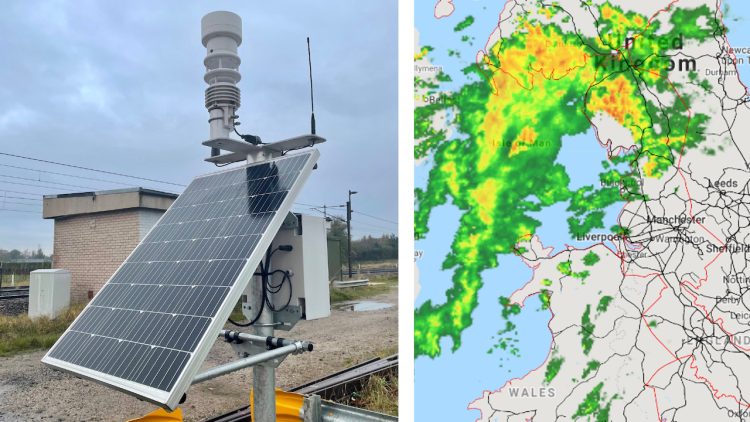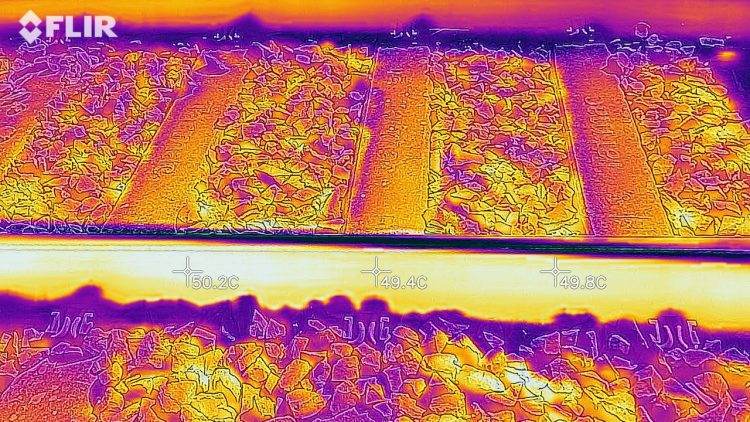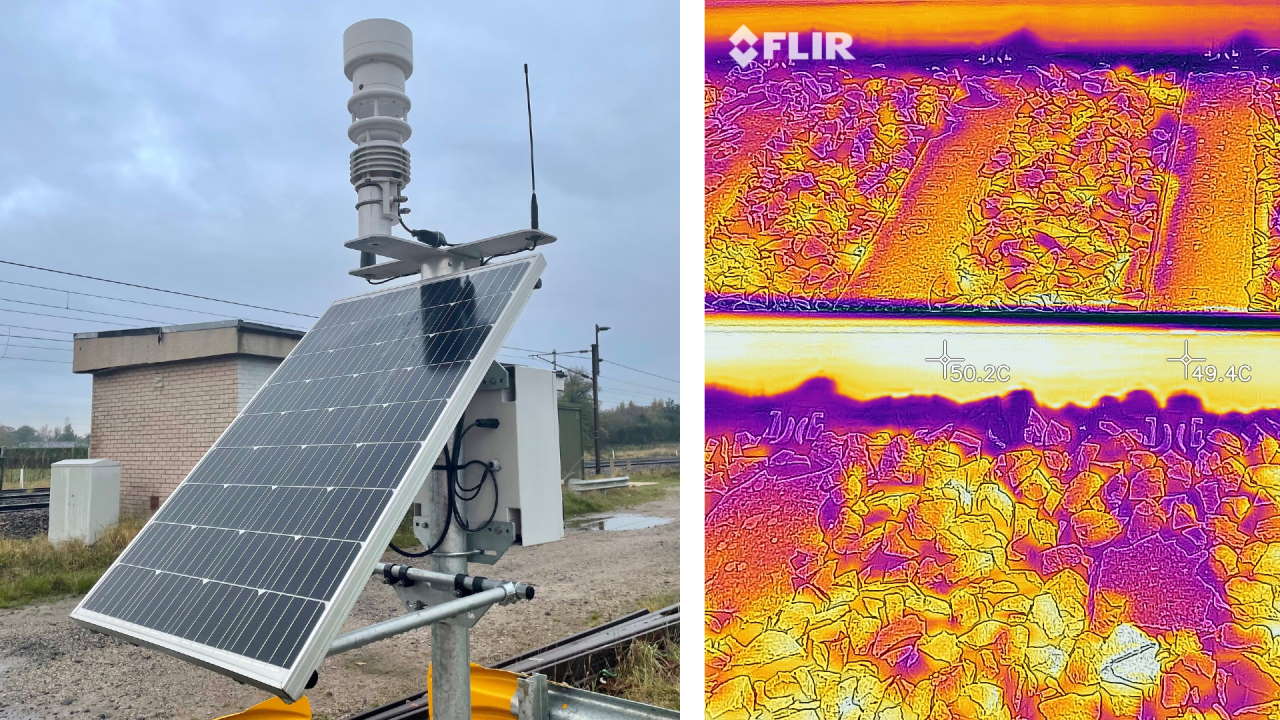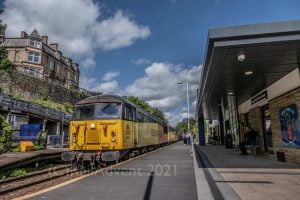The network of weather stations is coming into use for the first time and will cut delays on the West Coast Main Line and routes in the West Midlands and North West.
2021 saw the impressive system involving 60 solar-powered weather stations put in place in order to monitor extreme conditions in real-time, allowing rail staff to keep more trains on the move as opposed to introducing region-wide speed limits.
Network Rail‘s North West and Central region are using the high-tech stations right now to predict where the railway may be at risk of damage as temperatures have been forecast to reach more than 30°C for some locations this month.
Hot weather, in particular, direct sunlight, can create track temperatures of over 50°C due to the steel rails easily absorbing heat and generally hitting around 20 degrees over the surrounding air temperature. As steel grows hotter it expands and can cause rails to bend, flex and in severe cases buckle.

The use of the innovative technology means that Network Rail is able to respond to any issues created by the heatwave, putting speed limits in place for local areas where needed.
Also susceptible to hot weather are the network’s 25,000 volt overhead electric cables which can see the steel wires overheat, causing expansion and sagging, sometimes hanging too low and getting caught on passing trains which brings them down. Railway staff are prepared for this challenge on the West Coast Main Line south of Crewe and also in the West Midlands and on the Chiltern Line.

Denise Wetton, Network Rail’s Central route director, said:
“Keeping passengers moving is always our top priority. But we want people to be prepared. If the soaring temperatures do lead to us having to put in place slower speeds for safety reasons, please bear with us our engineers work to fix the problem. It may mean some journeys take longer.
“For those who must travel by rail, we’d remind people to carry some water with them so they don’t get too parched, and always check before travelling so they know exactly what to expect.”

Lucy Wootton, head of the Grand Railway Collaboration said:
“With high temperatures forecast on Friday, we are encouraging passengers to plan ahead, check their journeys and carry water to help keep cool. The latest travel information is always available from National Rail Enquiries or from individual train operators.”
To find out more about how Network Rail deals with hot weather, please visit: http://www.networkrail.co.uk/how-we-prevent-tracks-from-getting-too-hot/





Responses
I used to live in the US near some railroad tracks in semi-desert conditions. Temperatures typically varied between up to 40C in Summer, and down to -15C in Winter. However, I never observed any damage to the tracks, and the long and heavy freights trains continued to run in all weather conditions. If the US can build railroad tracks that are robust like this, why can’t we in the UK?